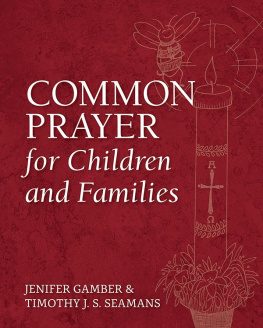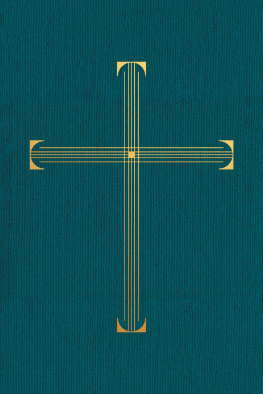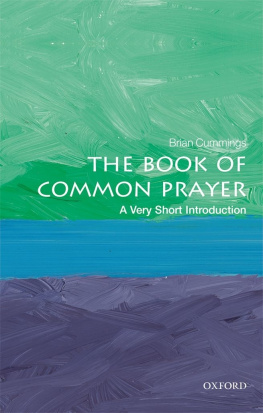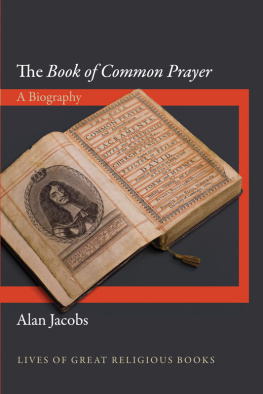THE BOOK OF COMMON PRAYER
THE BOOK OF COMMON PRAYER
The Texts 0/1549,1559, and 1662
Edited by
BRIAN CUMMINGS


Great Clarendon Street, Oxford 0x2 6DP
Oxford University Press is a department of the University of Oxford.
It furthers the universitys objective of excellence in research, scholarship,
and education by publishing worldwide in
oxford New York
Auckland Cape Town Dar es salaam Hong Kong Karachi
Kuala Lumpur Madrid Melbourne Mexico City Nairobi
New Delhi shanghai Taipei Toronto
With offices in
Argentina Austria Brazil Chile Czech Republic France Greece
Guatemala Hungary italy Japan Poland Portugal singapore
south Korea switzerland Thailand Turkey ukraine Vietnam
Oxford is a registered trade mark of Oxford University Press
in the UKand in certain other countries
Published in the united states
by oxford university Press inc., new York
Brian Cummings 2011
The moral rights of the author have been asserted
Database right oxford university Press (maker)
First published 2011
All rights reserved. no part of this publication may be reproduced,
stored in a retrieval system, or transmitted, in any form or by any means,
without the prior permission in writing of oxford university Press,
or as expressly permitted by law, or under terms agreed with the appropriate
reprographics rights organizations. Enquiries concerning reproduction
outside the scope of the above should be sent to the Rights Department,
oxford university Press, at the address above
You must not circulate this book in any other binding or cover
and you must impose this same condition on any acquirer
British Library Cataloguing in Publication Data
Data available
Library of Congress Cataloging-in-Publication Data
Data available
Printed in great Britain
on acid-free paper by
Clays Ltd., st ives plc
ISBN 978-0-19-920717-6
1 3 5 7 9 10 8 6 4 2
PREFACE
SISYPHUS, it may be assumed, knew nothing of Christian liturgy. If I had known what was in store when Judith Luna of oxford university Press invited me to prepare an edition of the Book ofCommon Prayerfor the Worlds Classics, I might have thought twice. That it has appeared after all is largely down to her encouragement, enthusiasm, and gentle cajoling in seeing it through. In more material terms, I am grateful to the British Academy and the Huntington Library for the award of a Fellowship, which enabled me to spend a summer using the James R. Page Collection of early copies of the Book of Common Prayer,the largest collection of its kind in the world. Andreas Hofele gave me the opportunity to develop some of the issues at the stimulating seminars on religious pluralization at the Ludwig-Maximilians-Universitat in Munich. A Major Research Fellowship with the Leverhulme Trust enabled me to finish the edition. Like anyone working on the Book of Common Prayer,I owe more than I can say (as my notes will bear witness) to the extraordinary scholarship it has inspired, especially of J. H. Blunt, Frank Brightman, Wickham Legg, and Francis Procter and W. H. Frere; and the more recent industry and insight of Geoffrey Cuming and Diarmaid MacCulloch. In more personal ways, Henry Woudhuysen has been a model of editorial meticulousness as well as a patient and sympathetic source throughout of bibliographical advice. Peter Blayney gave generously of his incomparable knowledge of early printing history, and especially of the Book of Common Prayersfirst godparents, Edward Whitchurch and Richard Grafton. On historical and doctrinal issues, Euan Cameron, Eamon Duffy, and Alex Walsham offered dazzling learning and intuition in reading versions of the Explanatory Notes; to Eamon I owe a much older debt as well, in that it was his lectures on the 1549 and 1552 editions that first alerted me to the ritual richness and inheritance of the Book of Common Prayerwhen I was an undergraduate. Margaret Aston and James Simpson also read parts of the edition with exacting care. Paul Luna, the designer, has responded to the challenges of the book with marvellous textual flair. I would also like to thank Sylvia Adamson, Sara Beckwith, Bernard Capp, Pat Collinson, Simon Ditchfield, Ian Green, Arnold Hunt, Gabriel Josipovici, Peter Lake, Seth Lerer, Diarmaid MacCulloch, Peter Marshall, Beth Quitslund, Bill Sheils, Bill Sherman, Abi Shinn, Celine Surprenant, and Ramie Targoff, for imaginative responses to more specific enquiries, for lending books and articles, and other gifts of friendship. adrian Butterfield talked me through the life of the Book of Common Prayerfrom the point of view of a musician. Freya sierhuis provided a new perspective in my thinking on this topic as on others. my colleagues andrew Hadfield, John Lowerson, Femke Molekamp, Naomi Tadmor, Jenny Taylor, and Norman Vance helped with all kinds of request and cheered me up when the glass looked dark. ardis Butterfield, Daniel Cummings, and Thomas Cummings watched me at work and blessed rather than cursed; my children are always my boldest teachers. another kind of inspiration, less tangible, has come from seeing the liturgy in action, especially at the hands of Robert atwell, Brother anselm SSF, Jonathan Draper, Dana English, Giles Fraser, Donald Gray, and rowan Williams. for help with hundreds of old copies and as many problems in identifying them, I would like to thank the staff of many libraries: the Bodleian in Oxford; AHSouls College, Oxford; New College, Oxford; the Cambridge University Library; St Johns College, Cambridge; Trinity College, Cambridge; Trinity College, Dublin; of Canterbury Cathedral, Durham Cathedral and University, and Lambeth Palace; the Houghton Library at Harvard University and the Pierpont Morgan Library in New York; and especially the Huntington Library in San Marino, California, and the British Library, most hospitable and voluminous of all
The late Stephen Medcalf has been the presiding spirit over all my efforts, almost as much once he was gone as in his wonderful conversation while alive; his memory breathes through everything here. The book is dedicated to him, in societate mortuorum.
London
Feast of St Enurchus, 2010
CONTENTS
INTRODUCTION
THE Book of Common Prayer is one of the most extraordinary books in history. From the Reformation to the Beatles, with some interruptions and alterations, it formed the order of service in the established church in England. it has been said, with some justice, that it has reached more listeners, via its daily offices, than the works of shakespeare. Human life in the English imagination is mediated through its idiom: in loving a partner, we promise to love her, comfort her, honour and keep her in sickness and in health; in saying farewell to the dead, we come to terms with our own mortality, Earth to earth, ashes to ashes, dust to dust. In the breadth of this practical influence, Prayer Book prose has seeped into the collective consciousness more profoundly than that of any other book written in English, even the Bible. Millions of English-speaking people, godly, wicked, or indifferent, have been baptized, married, or buried to its words.
Moving beyond England, the Book of Common Prayer is almost as commonplace: it has travelled around the world wherever there have been English colonists, traders, or missionaries. A version in Welsh appeared as early as 1567; independent editions in English (although to great opposition) were prepared in Ireland and in Scotland. In America, while many settlers preferred alternative forms of worship, versions of the book have remained in continuous use since before Independence, right up to our own lifetimes, with 4 July replacing the monarchs birthday in the thanks given unto God. The earliest surviving independent American version dates from New York in 1710, the latest adaptation was made in 1979. The


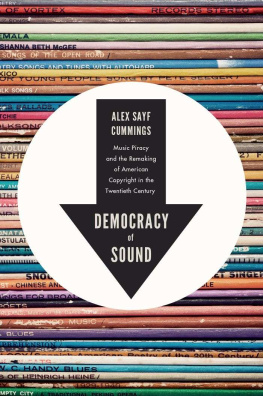


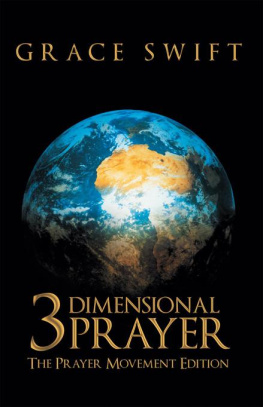
![The Standing Commission on Liturgy and Music - Daily Prayer for All Seasons [English Edition]](/uploads/posts/book/411072/thumbs/the-standing-commission-on-liturgy-and-music.jpg)

